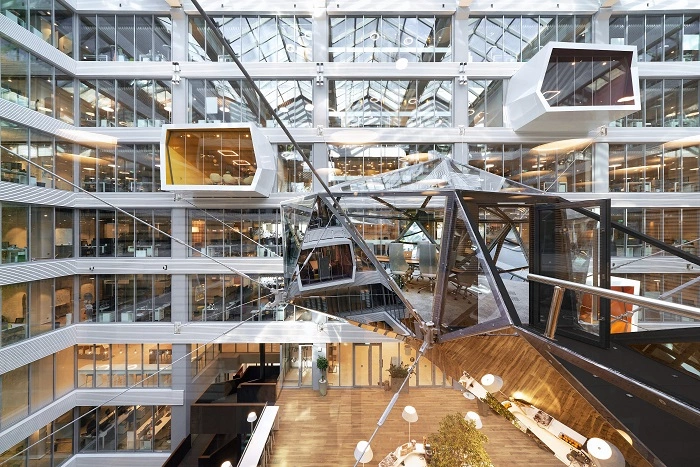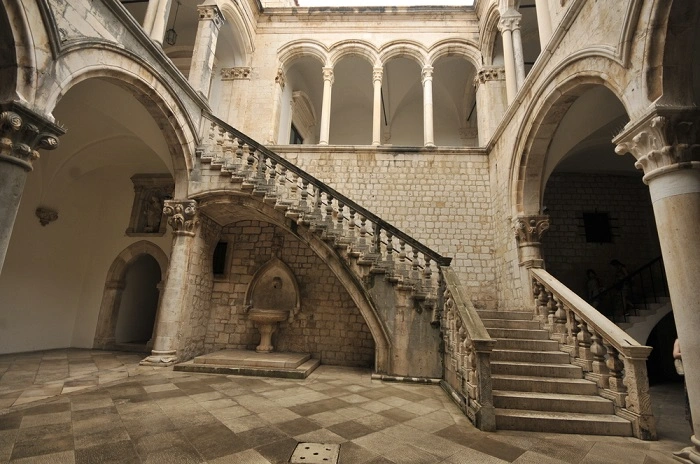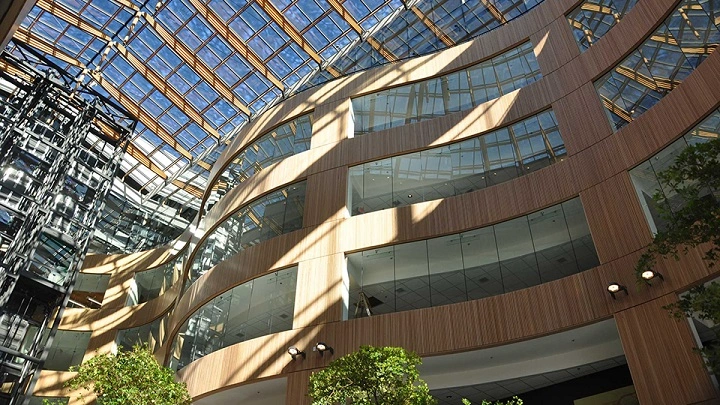The word atrium is found in the past as far back as ancient Rome. The ancient Roman house had inside it an open space, an atrium. It was the central region of the house where the light and the wind would come in and where the whole family would be gathered there together as one family. The word atrium was eventually redirected, however, and defined differently, but the definition wasn’t. An atrium is still an open, light, and airy space that is distinctive.
Atriums surround us today—hospitals, hotels, malls, offices, and even new homes. Atriums are usually open areas with glass ceilings, plants, and plenty of natural light. Atriums put people in touch with the great big world outside.
The Ancient Roman Atrium
The ancient atriums were built thousands of years ago prior to the current era in Rome. The houses were built around a courtyard afterward. The center part was left open in the atrium so the light could enter and rainwater poured into a basin called the impluvium. The water was used by the household to cook, bathe, and for domestic use.
The atrium served a twofold function – practical and symbolic. The atrium was a Roman family hearth where they made sacrifices to their deities, received visitors, and conducted daily life.
Atriums in Contemporary Architecture

As buildings and cities expanded, the concept of the atrium was reinterpreted. Atriums currently in use are not Roman atriums but continue the same philosophy of light, air, and community. Atriums in the modern age are built relatively frequently in:
- Shopping Malls: Big open spaces in the center where sunlight streams in and citizens mingle.
- Hotels: Large atriums with gardens, waterfalls, and glass ceilings to wow visitors.
- Hospitals: Atriums that allow light and calmness among relatives and patients.
- Offices: Spaces where employees can relax, introduce some people, space amidst workday or green time.
- Homes: There are even modern houses with small atriums or indoor courtyards to help the interior and ventilate.
Atrium in Healthcare and Hospitals
The widespread most common use of the atrium these days is certainly in hospitals. Patients who are ill or nervous can be comforted by bright, clean spaces. There are hospitals that go so far as to include “Atrium” in their official titles because it translates as care, openness, and light.
Hospital atriums are used in:
- Allowing sunlight inside, which encourages healing among patients.
- Give personnel and families room to breathe and heal.
- Think warm, not cool, sterile form.
- Provide gardens, art, and water that calm the mind.
A hospital atrium is not designed—recovery.
Atrium in Houses
Atriums also exist in contemporary houses. Houses are designed by architects with interior courtyards or indoor rooms glazed over by glass, as compared to the traditional wall. Atriums provide houses:
- Lighter – sunbeams cut through.
- Cooler – air freely circulates, especially hot summer months.
- Greener – homes can be gardened indoors.
- Social – homes can be one large open area.
The atrium is a should-be home base in but not most cultures, like it was in Rome.
Atriums in Business and Workplace
Atriums are used by businesses to create office spaces that feel open and contemporary. In a business atrium, a glass ceiling, plants, and sculptures would be encountered the first time a person enters. This is to achieve:
- Energy – natural light renews people.
- Community – open spaces are easy to invite and connect.
- Well-being – employees feel less stressed with offices in open lawn spaces.
Atriums are also a primary gathering area in shopping malls. Individuals sit in the atrium to rest, have a cup of coffee, or just observe people.
Atriums and Nature
Part of why atriums are so well liked is that they bring the outdoors in. Instead of keeping sunshine and fresh air out, atriums allow them in. Atriums generally include:
- Trees and indoor gardens.
- Waterfalls.
- Bird or fish ponds.
- Glass skylight roofs.
It’s all that mixture of nature and order that is so peaceful and beautiful. Atriums are the pinnacle of a building to many.
Symbolism of Atrium

The atrium has been rich with symbolism through the ages, too. It is more than a room. It represents:
- Openness – a space for everyone to gather together.
- Light – daylight through windows but light as in hope.
- Community – friends, staff, and loved ones coming together.
- Healing – in hospitals, where openness and light are reassuring.
Due to this reason, health companies and most companies chose to give their company the name of “Atrium.” It represents an open heart, strength, and caring.
Also Read: Atrium Health: Connecting Communities and Healing through Innovation
Well-known Examples of Atriums
The following are some well-known buildings with stunning atriums:
- The British Museum (London): The Great Court is adorned with a stunning glass ceiling.
- Burj Al Arab (Dubai): the world’s tallest hotel atrium.
- Levine Cancer Institute and Atrium Health Hospitals (North Carolina): Atriums filled with light to calm the patients.
- New Japanese Homes: Miniature light atriums to introduce nature into city life.
These atriums give an impression of how unique and innovative the design is.
Atriums in the Future
Atriums are going to be a part of the future. As humans will remain indoors for most of their lives, they will long for being connected with sunlight and nature. Atriums will be designed by architects who are:
- Green with air-purifying vegetation.
- Solar with low-e glass.
- Smart with light, temperature, and air sensor-activated.
- Designed for work and play.
Atriums will be attractive, not just—healthy, sustainable, and social.
FAQs
What is an “atrium”?
A glazed-over interior area in a building.
Where did atriums originate?
In Rome, as the sitting room inside the middle of a house many years ago.
Why do hospitals need atriums?
They give patients and relatives light, comfort, and tranquility.
Are there atriums in homes?
Yes, a small covered-over courtyard or glazed over atrium is a feature of most new houses.
Why are atriums special?
They bring people together with light, air, and nature and create spaces where to be.
Conclusion: The Heart of a Building
An atrium is something greater than a design feature in a building—it’s the pulse of a building. Atriums have existed in everything from Roman homes to offices, hospitals, and shopping centers today. Atriums bring lightness, airiness, and community. They remind us that buildings are not just ceilings and walls but space where human beings must heal, gather, and live.
Wherever it may be, whether in your house, your office, or your hospital, the atrium will always be an inspiration, a reminder of hope, health, and man.


